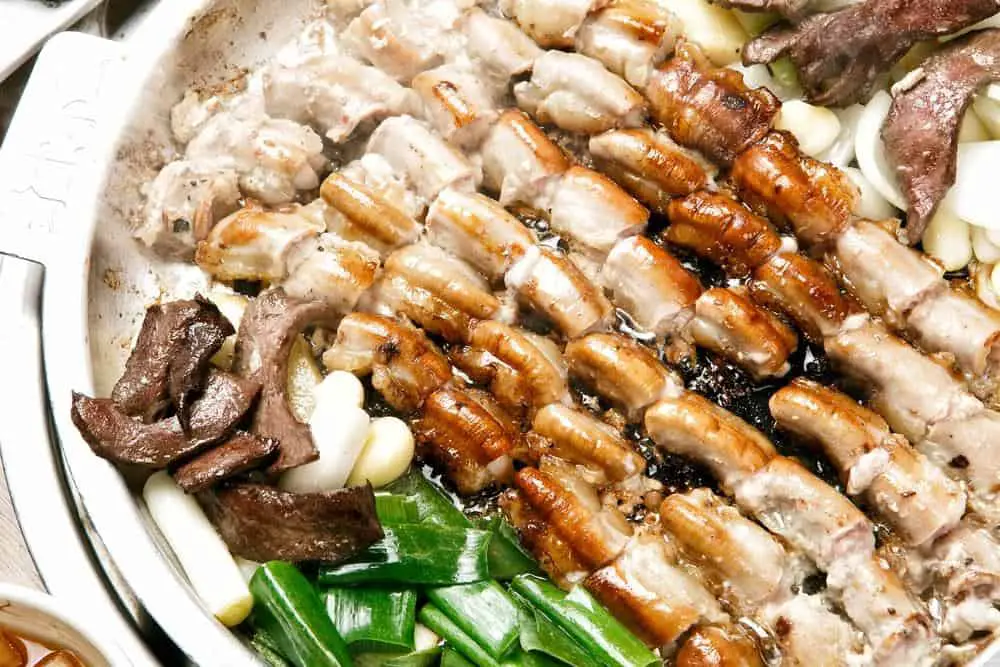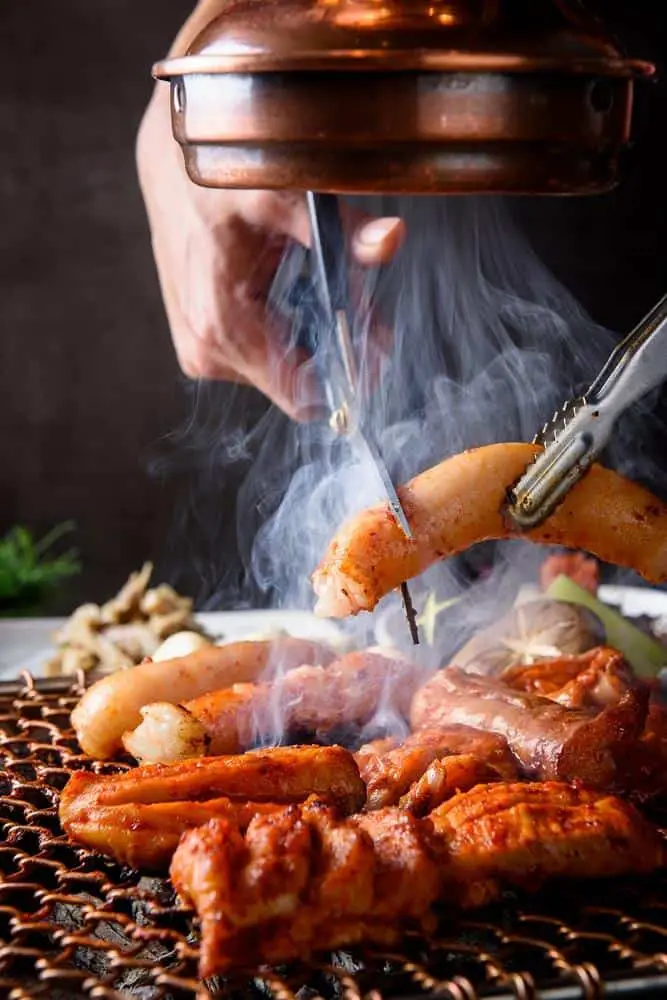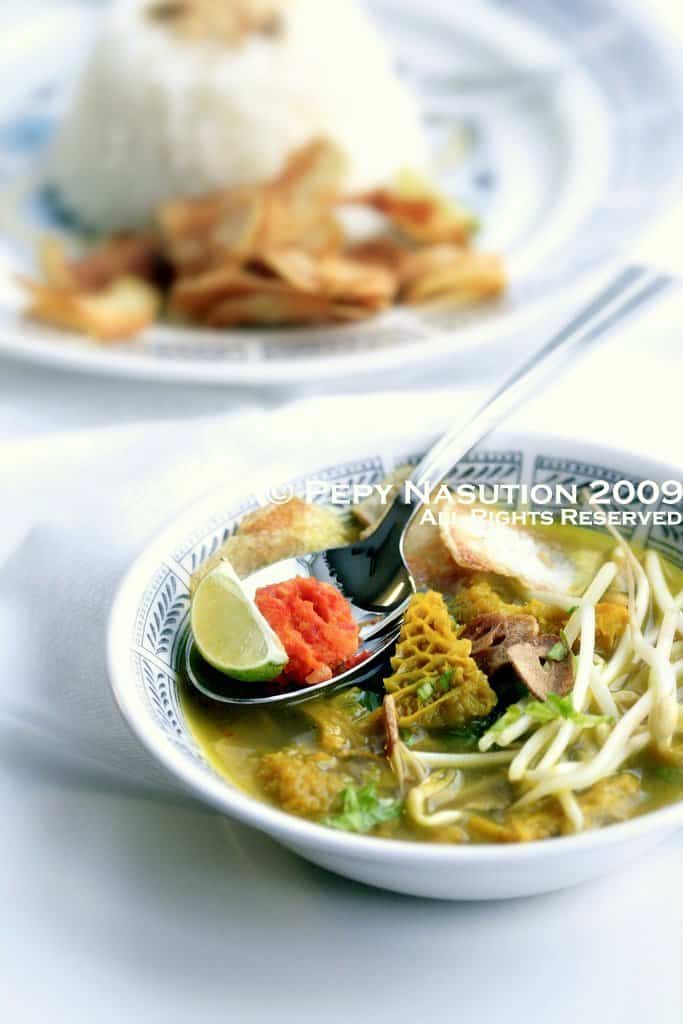I think it is safe to say that tripe isn’t a very patronized type of meat. Firstly, because we tend to have little knowledge of what it is used for, and secondly, the thought of eating Intestines! Yuck, then lastly, it just looks and feels like twined rubbery punishment.
If you have that impression, you are totally in line but then do you know that animal offals are lower in calories than the red meat? Yeah.
Although tripe is tasty, you can’t use it if you don’t understand how to so we are going to find out all there is to know about tripe.
I wouldn’t be surprised if some of us have enjoyed a delicious tripe soup once or twice without even knowing it, take heart, it happens.
What Is Tripe?

Tripe is the inner stomach of animals such as cows, goats, and ox but the most desired of them is that of the cow.
There are four layers of the stomach of these animals, and they are named differently. The first stomach is the blanket tripe, the second is the honeycomb tripe (which does have patterns resembling a honeycomb), the third is the book or bible tripe, and lastly, you have the abomasum or reed tripe.
Though they are four in number, only three of them are habitually used as tripe, but in some cultures such as that of the Koreans, the abomasum is used for food notwithstanding and rennet used for making cheese is gotten from the fourth stomach as well.
Tripe is called different names in different countries, and it hasn’t been so accepted in the US. Depending on the country, there are specific ways adopted for extracting and preparing tripe for various purposes.
How Is Tripe Cleaned?
Before tripe is used, it undergoes a cleaning process before it is fit for cooking; this process is referred to as “dressing.”
Too much dressing might not be necessary as some tripe are already bleached with chlorine to remove impurities from it but what do you do when you get unbleached tripe?
First, you remove any unwanted fats and parts attached to the main tripe; then you scrape the body of the tripe using a knife after washing with salt, this removes any impurities left in it.
You then rinse the tripe continuously in water until the water from it is transparent in colour; some people prefer to soak the tripe overnight at this stage after parboiling for two hours.
The only issue that comes with using chlorine bleached tripe is that the taste of the bleach might remain even when eating which gives it an unpleasant flavour so belched tripe needs thorough rinsing as well to get rid of any lingering taste.
What Are The Benefits Of Eating Tripe?

Let’s say for instance you are finally convinced that tripe can be eaten (just for one short instance), it is only proper you know what benefits you get from eating tripe.
For starters, tripe is very low in calories, with every 3-3.5 ounce of tripe you eat, you are getting nothing more than 80 calories which make about 10% of the daily recommended intake of calories.
Tripe is also high in protein which makes it a plus as protein helps you feel more satisfied and aids tissue building in the body.
Having said all that, what you cook your tripe with also matters. If you prepare your tripe fried or in soup with other fattening ingredients, then be sure that you are taking in more calories as the ingredients cooked with the offal plays a role in its total output.
Did I mention that tripe increases libido? Well, it does, so when next you want that boost, you know what to eat.
Tripe Dishes From Around The World
1. Indonesian Tripe Stew
This is one recipe that will make you wonder why you haven’t had tripe earlier; it is such an excellent blend of tripe with all other ingredients you never imagined will taste so good.
It is also called “Soto Babat” in Indonesian language, and this tripe stew from Indonesian eats looks real good.

If you have an eye for dishes from different cultures then the ingredients used shouldn’t be so hard to get, most of them can be sourced from local stores, and I am sure things like the bay leaf don’t have to be actually “Indonesian,” use what you have.
The recipe has exact measurements for the ingredients so you would not have a hard time putting it all together, surprise your family with this tripe stew!
2. Simple Beef Tripe Stew
This tripe recipe from GustoMondo.net is extracted from the traditional Dominican Republic kind, and it takes a little time to prepare, I particularly like the rich colour combination of vegetables and the chili!
You can make it as hot as you want. It’s perfect for first-time tripe cookers; the bulk of the work is in the cooking of the tripe to tenderness all other things fall into place rather easily.
Passata used in the recipe is preserved tomato paste, if you will like to know how to make yours at home, you can use this recipe by Good Food.
You will need a tomato press to get it done so get all things set before you make some passata.
Finally!
Tripe should be embraced and not avoided; it is not only tasty, but it can also make a fine replacement for your regular beef or chicken from time to time.

What’s better is that there are so many ways you can cook with tripe using different ingredients to generate pleasing flavours that will give you, your family and guests a treat.
Prepare tripe nicely and get the surprising compliments for all your hard work in the end.
If you have an indigenous name for tripe in your county or how it is cooked that you will like to share with me, give me a chat and let me know.
